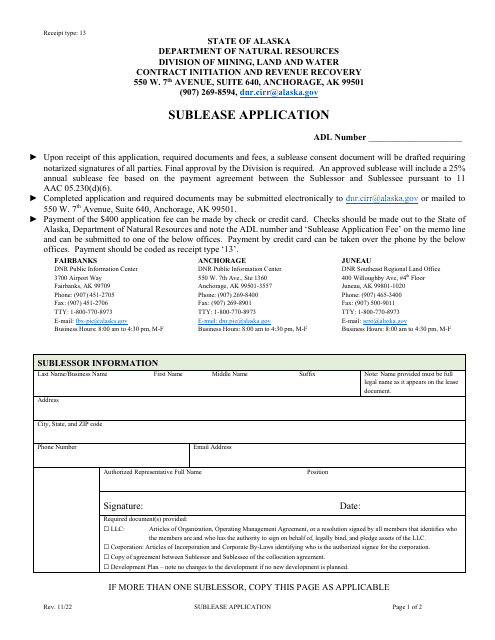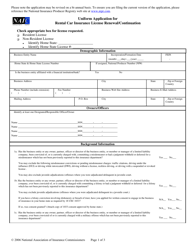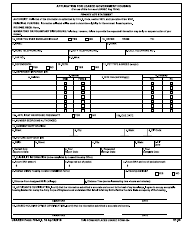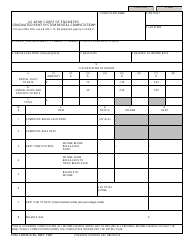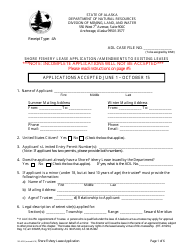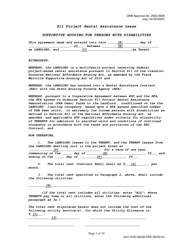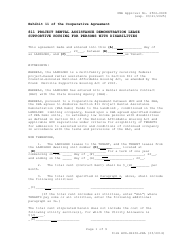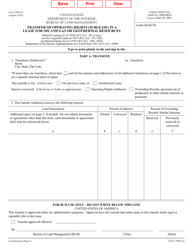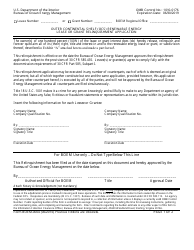Sublease Application - Alaska
A Sublease Application in Alaska is a form used when a current tenant, known as the 'sublessor', wants to rent out their rented property to a new tenant, the 'sublessee'. This application involves the sublessee providing their personal information, rental history, and financial status. It helps the sublessor in making an informed decision about whether the potential sublessee is reliable and eligible for the sublease. The sublessor should also get the main landlord's consent for this sublease agreement. This application is specific to the state of Alaska, complying with its rental laws and property regulations.
The sublease application in Alaska is generally filed by the person who is intending to sublet their rented property. This individual, the subtenant, fills out and submits the application to the original tenant, who then must obtain approval from the landlord. In this arrangement, the original tenant becomes the sublessor. It is always important to check lease agreements, state, county and city laws to ensure that subletting is permitted.
FAQ
Q: What is a sublease application in Alaska?
A: A sublease application in Alaska is used by a tenant (sublessor) who wants to rent out all or part of their rented space to another party (sublessee). A sublease application form collects information about the prospective sublessee for evaluation purposes.
Q: Do you need permission to sublease in Alaska?
A: Yes, in most cases, the original lease will require the tenant to obtain permission from the landlord before they are allowed to sublease the property.
Q: What information is required in a sublease application?
A: A sublease application typically requires information such as the sublessee's full name, contact information, current address, employment information, and references. It may also include financial information and details about the sublessee's rental history.
Q: Are subleases legally binding in Alaska?
A: Yes, subleases are legally binding in Alaska if they are made in accordance with state laws and regulations. Both the sublessor and the sublessee need to sign the sublease agreement for it to be valid.
Q: Can a tenant evict a sublessee in Alaska?
A: A tenant generally does not have the direct power to evict a sublessee in Alaska. Only a property owner or primary landlord has the legal authority to carry out an eviction, although the process might start because of a violation of the sublease agreement reported by the tenant.
